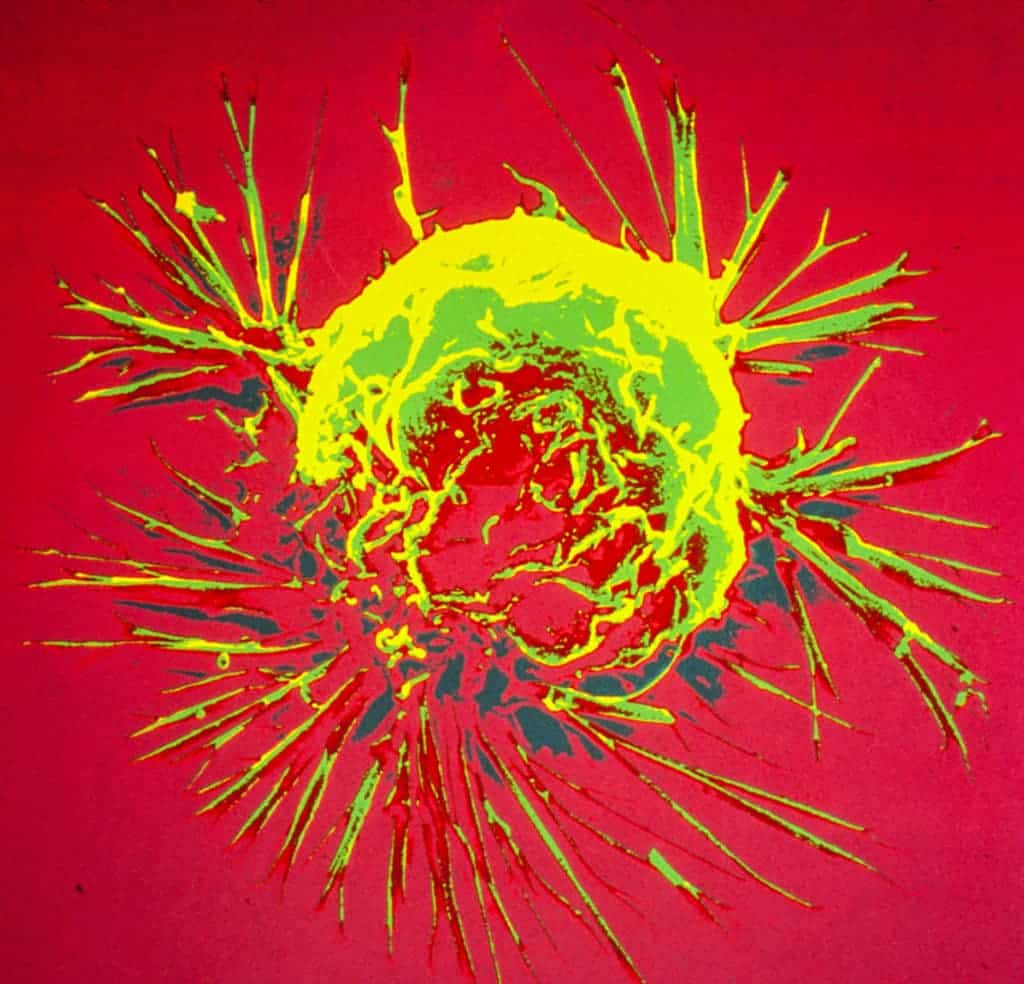In what could be a big change for cancer treatment, a group of researchers figured out a way to transform breast cancer cells into fat cells in a study on mice. An estimated 9.6 million people died from cancer last year.

Researchers from the University of Basel in Switzerland studied mice implanted with an aggressive form of human breast cancer. They administered cancer treatment called trametinib, as well as a diabetic drug called rosiglitazone.
Thanks to the combination of these drugs, the researchers were able to interrupt cancer metastasizing. Basically, instead of converting to something that let it spread, the cancer cells morphed into harmless fat cells, a process called adipogenesis.
Between the two drugs, trametinib was the one that really helped the cancer cells turn into stem cells and the stem cells to turn into fat cells. The other drug, rosiglitazone, only worked in collaboration with trametinib, helping it to counteract the dangerous cells more effectively. Together, they had a higher chance of constraining, dispersing, and stopping the evolution of cancer.
“The models used in this study have allowed the evaluation of disseminating cancer cell adipogenesis in the immediate tumour surroundings,” the team wrote in their paper. “The results indicate that in a patient-relevant setting combined therapy with rosiglitazone and trametinib specifically targets cancer cells.”
The researchers specified that not every cancer cell changed into fat cells. But the ones that did didn’t change back. Their work was published on Cancer Cell journal.
“As far as we can tell from long-term culture experiments, the cancer cells-turned-fat cells remain fat cells and do not revert back to breast cancer cells,” said senior author Gerhard Christofori.
The study proved that one way to treat cancer is by exploiting one of its loopholes to convert cancerous cells into harmless fat, stopping it from growing and “healing” the body in the process. At the very least it can be done with breast cancer on mice; further research is needed on other types of cancer.
The two drugs used in the research are already FDA-approved, so it should be easier to get this type of treatment into clinical trials for actual people. That’s one reason for optimism despite the fact that many mouse-tested treatments don’t actually make it to, or fail, the clinical trial stage.
In the meantime, the team is investigating whether this therapy would work combined with chemotherapy and whether it would apply to other types of cancers.
“In the future, this innovative therapeutic approach could be used in combination with conventional chemotherapy to suppress both primary tumor growth and the formation of deadly metastases,” Christofori explained.






